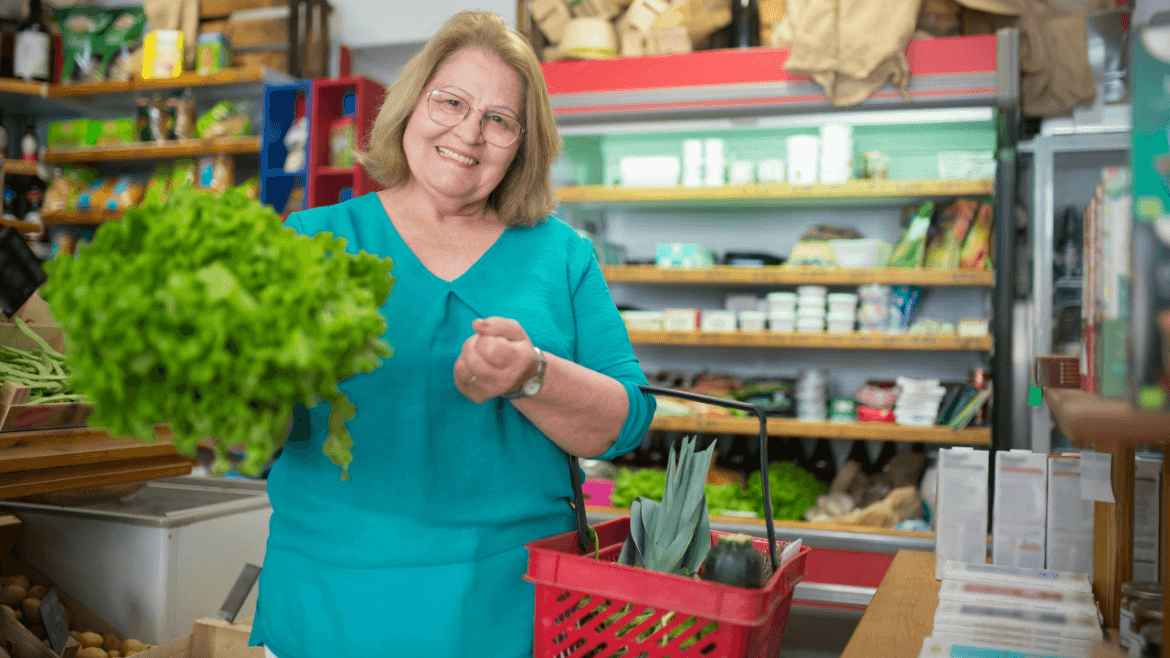Did you know that Leading Edge Senior Care has a Dementia Support Group? We meet monthly in Mesa. For more details <click here>
How To Increase Calorie Intake In The Elderly?
As people age, maintaining adequate calorie intake becomes increasingly important for overall health and vitality. Seniors often face unique challenges that can lead to unintentional weight loss or malnutrition.
These challenges, ranging from medical conditions to changes in appetite, require thoughtful solutions tailored to individual needs. Understanding how to increase calorie intake in the elderly is crucial for promoting their physical and emotional well-being.
The Importance of Adequate Calorie Intake
Calories fuel the body’s essential functions, from breathing to immune system support. For seniors, an appropriate calorie intake can mean the difference between maintaining muscle strength and experiencing frailty. Insufficient calories can lead to energy deficits, making daily tasks feel exhausting. Moreover, it can weaken the immune system, leaving seniors vulnerable to infections and slower recovery times.
However, increasing calorie intake isn’t just about eating more food. It’s about consuming nutrient-dense foods that provide energy while meeting essential dietary needs. Seniors often have smaller appetites, so every bite should count. This requires creative and practical strategies.
Identifying Barriers to Adequate Nutrition
Before implementing changes, it’s essential to understand why a senior might not be consuming enough calories. Some common barriers include:
- Appetite Changes: Many seniors experience reduced hunger due to aging or medications.
- Dental Issues: Problems like missing teeth or dentures can make eating certain foods challenging.
- Medical Conditions: Chronic illnesses such as diabetes or gastrointestinal disorders can affect appetite or digestion.
- Depression or Loneliness: Emotional health significantly impacts eating habits. Meals shared with others are often more enjoyable.
Addressing these underlying issues can make it easier to introduce dietary adjustments that increase calorie intake effectively.
Nutrient-Dense Foods to Boost Calories
For seniors, it’s not just about adding calories but also enhancing the nutritional quality of their meals. Incorporating calorie-rich yet healthy foods can make a significant difference:
- Healthy Fats: Include avocados, olive oil, and nut butters. These foods are calorie-dense and heart-healthy.
- Full-Fat Dairy Products: Yogurt, cheese, and milk provide calcium, protein, and additional calories.
- Whole Grains: Foods like quinoa, oats, and whole-grain bread are packed with nutrients and energy.
- Smoothies and Shakes: These are easy to consume and can be enriched with protein powder, fruit, and healthy fats.
By focusing on foods that pack a nutritional punch, seniors can enjoy meals that are both satisfying and health-promoting.
Practical Meal and Snack Ideas
For seniors who struggle to eat large meals, incorporating smaller, frequent meals throughout the day can be a game-changer. Snacks such as trail mix, cheese and crackers, or peanut butter on toast can help bridge the calorie gap. Adding extras to meals—like grated cheese to soups, butter to vegetables, or powdered milk to mashed potatoes—can subtly increase calorie content without significantly increasing portion size.
Smoothies are another excellent option. They can be customized with a variety of ingredients to suit individual preferences while providing essential nutrients. For instance, blending bananas, Greek yogurt, almond butter, and a splash of milk creates a calorie-rich and delicious drink.
Encouraging Seniors to Eat More
Sometimes, the challenge lies not in the food but in encouraging seniors to eat more frequently. Creating an enjoyable dining experience can make a significant difference. Setting the table with appealing dishes, playing soft music, or even eating together can transform meals into a pleasurable activity rather than a chore.
Additionally, involving seniors in meal preparation can stimulate interest in food. When they feel a sense of control and creativity, they’re more likely to eat and enjoy their meals. For seniors who struggle with appetite, scheduling meals and snacks at consistent times each day can establish a reliable routine.
Monitoring Progress and Adjusting Strategies
It’s essential to monitor how these changes affect the senior’s calorie intake and overall health. Regular weigh-ins, tracking energy levels, and paying attention to physical appearance can offer valuable insights. If progress is slow or new challenges arise, adjustments might be necessary.
Consulting a registered dietitian or healthcare professional can provide additional guidance tailored to individual needs.
Emotional and Social Considerations
Eating is not just a physical necessity; it’s also a deeply social and emotional experience. For seniors, loneliness can diminish their interest in food. Encouraging family meals or participating in community dining programs can combat isolation and make meals more enjoyable.
Moreover, celebrating food as a source of joy and comfort can rekindle an elderly person’s relationship with eating. Offering favorite dishes, experimenting with new recipes, and expressing enthusiasm about meals can foster a positive attitude toward eating.
Conclusion
Helping seniors increase their calorie intake involves more than simply offering more food. It requires understanding their unique needs, addressing potential barriers, and creating an environment that promotes enjoyment and nourishment.
By focusing on nutrient-dense foods, smaller frequent meals, and an emotionally supportive dining experience, you can ensure that your elderly loved ones receive the calories they need to thrive. Each bite is a step toward better health, energy, and happiness.

